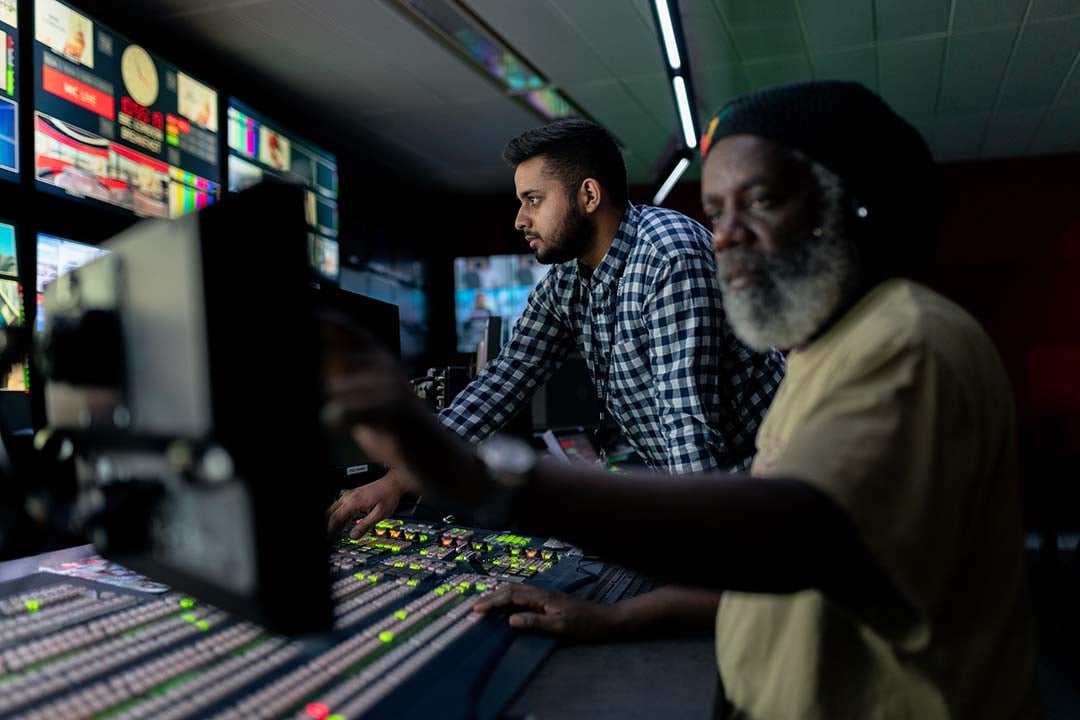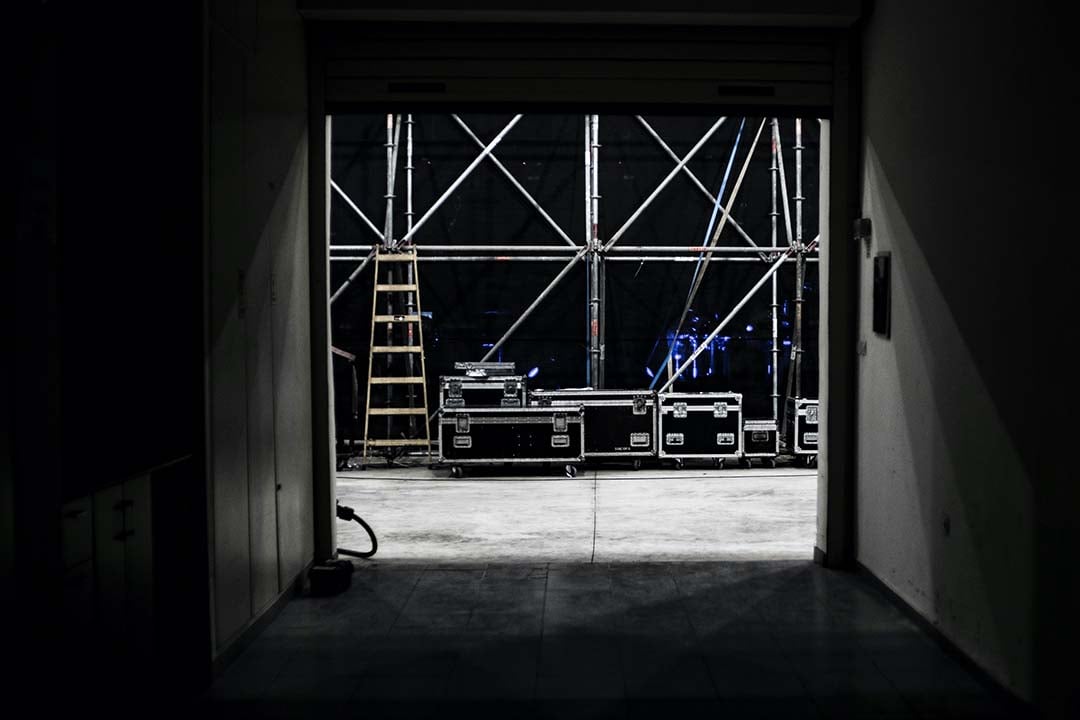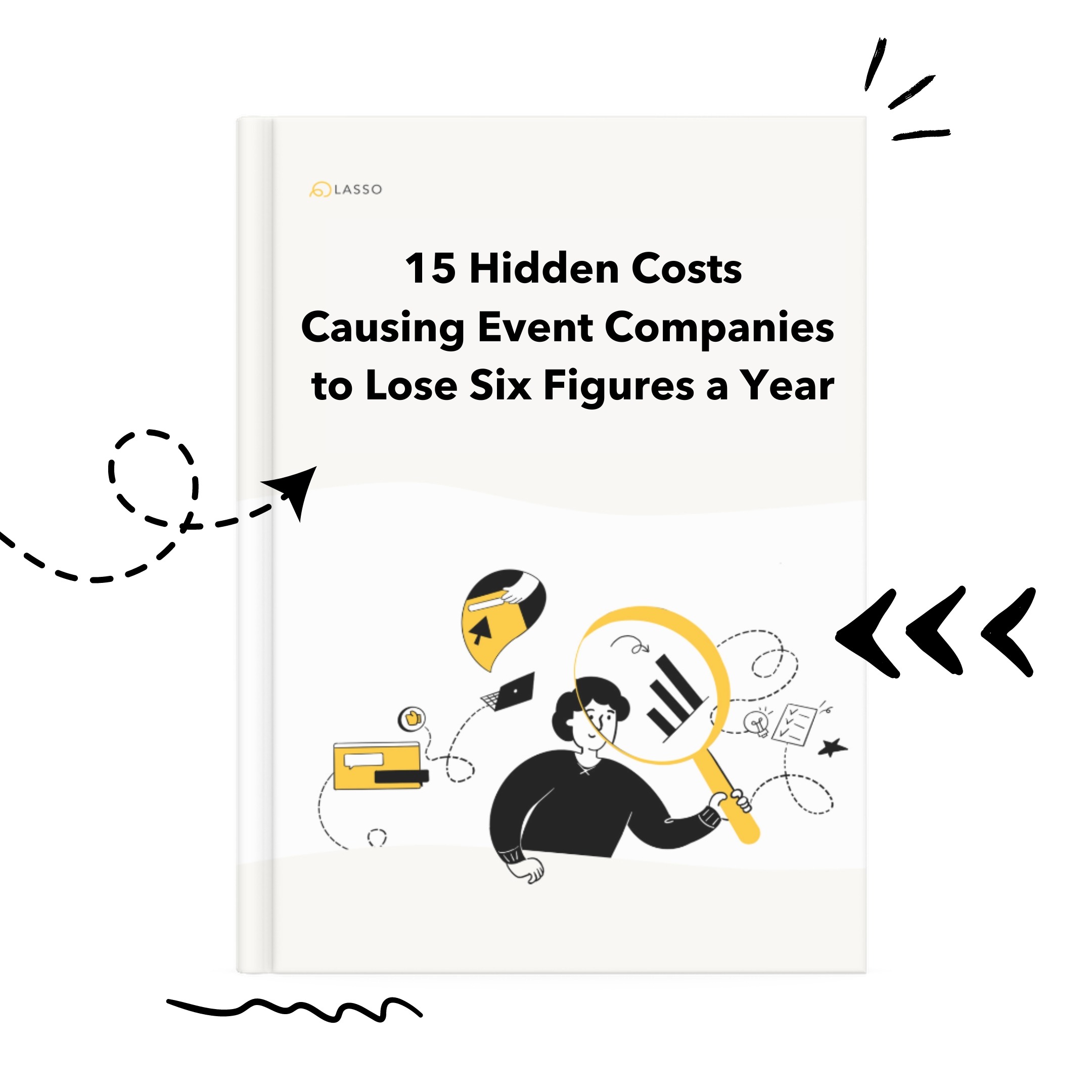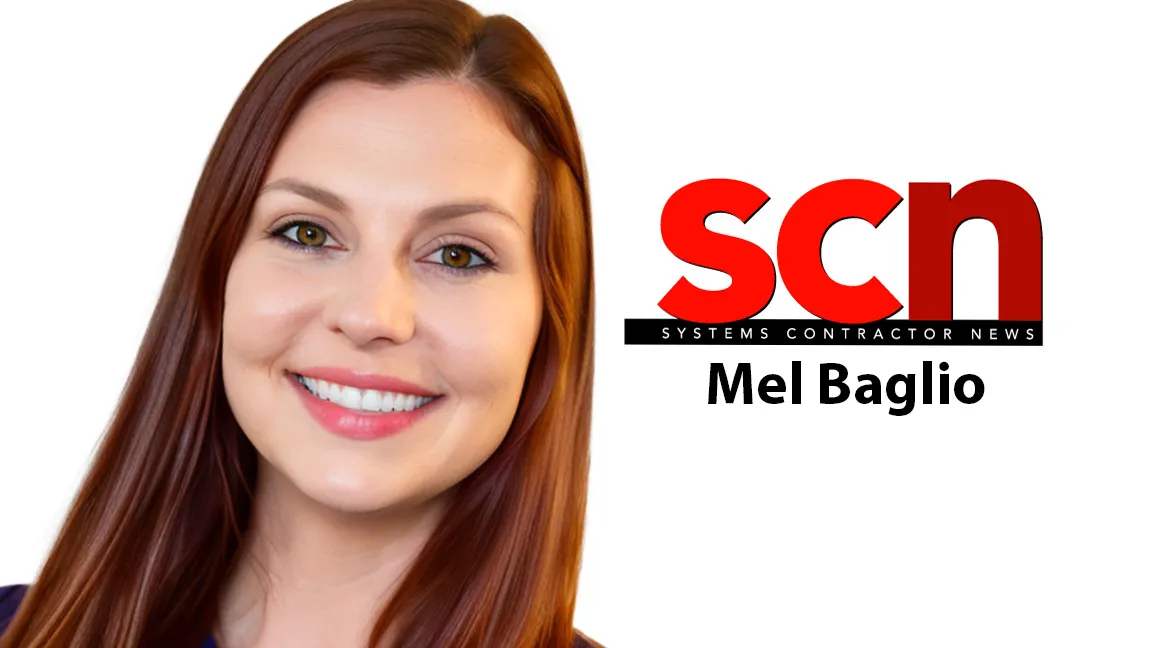Ever thought about the scale of backstage actions for a live event production? Behind every flawless frame of a live broadcast is a team of expert professionals working in sync to deliver a unique audiovisual experience.
After what seems like a hiatus of over two years, the live event industry is buzzing with opportunities for audio and video professionals. With concerts, stage shows, seminars, and other events making a comeback, the demand for live broadcasting has also increased. If managing video production of live events is your forte, it’s a great time to consider working as a video engineer.
What is a video engineer V1?
A video engineer (V1) is responsible for the video broadcast and recording during a live event production. To be more specific, they are in charge of operating video mixing consoles and video switching systems. The V1 runs, records, and playbacks any live production video broadcast.
A V1 also color-matches and shades cameras, routes video signals to record bays, projection, and numerous other mediums.
Having one of the most pivotal roles in any live production, the V1 must be at the top of their game when troubleshooting any issues that arise in the video recording and broadcasting domain.
What is the role of a V1 leading up to an event?
In some cases, the work of a V1 starts a few weeks before the event. During this preparatory phase, there are quite a few things to do on the V1’s checklist.
A full time or freelance lead video engineer for a production company prepares himself by specifying what equipment (gear) will be used for the event. They must take into consideration many things and prepare for:
- The amount of video inputs & outputs required (how many laptops, video playback devices, cameras, projectors led screens, confidence monitors, etc). This will help determine if the Video Production Switcher (processor/scaler) is adequate for the requirements of the event.
- What signals are supported by the equipment being used and if any video format conversions are needed to supply or receive signal to or from a specific piece of equipment.
- Specify and procure cable types, lengths, and quantity needed to interconnect the equipment. Also, any converters, distribution amplifiers, etc.… to get all the equipment “talking nice” to each other.
- Playback & Record requirements and the equipment needed.
- Create a map (plot, schematic, diagram) on how this equipment will be integrated and be prepared to convey that setup plan to a show V1, V2, and additional crew assisting the setup.
- Review the overall design plot identifying and specifying where equipment should be placed.
- Attend production meetings with Sales, Clients, Producers, & Technical Directors to understand the flow of the show and the specific requirements to convey that client’s message.
- Video streaming requirements and what platform will be used to present the video feed online. Things like supported codecs, HDCP content, formats and resolutions required to supply a signal that will work with the streaming platform.
- Anticipate and coordinate needs from other departments like audio (A1) and lighting (L1) so that those departments show up with what will be needed to assist video (how many audio feeds from playback sources and feeds from the main program for recording, what type of lighting being used, color temperature for white balancing cameras, etc.)
You might like: Live Event Crew Starter Guide
What does a V1 do during an event?
During live events, the V1 is in charge of the entire video system at the production site. The video engineer sets up equipment like the video mixing consoles and the video switching systems.
The V1 will arrive during the set up of an event to execute the install, operating, & strike of the video department for that show/event. If the event is a large one, the V1 will often take the help of the V2 to set up, operate, and strike (loading out) the equipment on the show site. The V2 is a video engineering professional who works as the second-in-command to the V1.
V1’s need to know how to install, operate, communicate, and offer technical solutions for:
- Video Production Switchers (processor/scaler). Important that they are familiar and have experience with the specific video switcher the production company is providing.
- What signals are being sent to or received from other equipment being used like cameras, laptops, video playback devices, projectors, LED walls, monitors, etc. Anticipate and prepare for any video format conversions that are needed to supply or receive signal to or from a specific piece of equipment.
- Integrate all these sources (inputs and outputs) to seamlessly incorporate them into the final presentation destination to include projectors, led walls, monitors, streaming devices, etc.
In addition to setting up the tech table where they will be operating, the V1 needs to be able to guide and convey the setup requirements to all the personnel and additional setup crew like V2, graphics operators, camera shaders, video recording technicians, etc.
The V1 must properly and clearly communicate and be prepared to integrate with all other departments. Sharing information about audio feeds (both send and receive), lighting requirements, rigging requirements, program and show flow information among others.
V1’s should be ready for changes and anticipate those changes providing technical solutions to solve and troubleshoot challenges coming from different sources like equipment, other crew members, & even the clients themselves.
Be prepared to “call a show” or communicate with all other departments by giving instructions through a headset communication system (comms) to camera operators, graphics operators, and other personnel to follow show cues etc.
What does the V1 do after an event?
Immediately after the event has concluded and while the strike begins, the V1 must secure any files or media used for recordings and ensure the content is good to be handed to the Technical Director or Producer. Gather and return any media provided by the client for the purposes of playback.
V1 will asses the order which things will get struck and provide guidance to the crew that will be performing that strike. Also communicating with other departments to let them know when things like truss and other elements can be struck after cables and other equipment has been prepared for striking.
The V1 will ensure that the equipment used at the tech table is properly dismantled. Ensure the equipment (gear) gets sorted for return to the production company or vendor all in their proper cases.
Lastly, the V1, the primary lighting, and audio engineers might have a post-event meeting with the production managers and/or the technical directors. The objective of the meeting is to share technical observations regarding the event that can be implemented in later events by the team.
What are some tasks a V1 works on in between events?
Video engineers work on the post-production compilation and editing of the video footage or the broadcast. They work with the audio team to ensure the broadcasted content meets the client’s needs.
Most video engineers utilize the time between events for professional enrichment, from upskilling to catching up with the latest trends in the industry. Client feedback and input from colleagues in the production industry come in very handy for V1s.
This is a great time for video engineers to work on feedback and improve their technical know-how. During this time, some may explore and learn new switching equipment or new features on mixing consoles. Others may build or further modify their video systems while managing video engineering labs.
Related: How To Advance Your Events Career Through Education & Training
What do I need to become a video engineer?
There is no concrete skill set that you need to master to qualify as a video engineer. Many video professionals start by assisting established V1s and learning the tricks of the trade on the go. Both freshers and experienced video engineers need to upskill constantly to meet client demands and stay up-to-date with evolving technology.
Ideally, one would have a passion for live events and the understanding that it is a high paced environment where not only technical knowledge is needed but also the ability to interact with others to provide solutions and request needs.
Learn the theory and acquire knowledge of video technical terms, equipment, & processes. Staying current with new and emerging technologies by learning new switchers and other relevant equipment used for video.
How do I find video engineer (V1) jobs?
Once you are comfortable with your skill set and knowledge of video engineering, you can begin building your professional network in the live event production industry. However, if you are new in the industry, you can approach event production companies or engage with crew management platforms for internships or, as they say, grunt jobs. Many companies offer vacancies and internships on LinkedIn and other job portals.
Since you will not find a top job initially, you must be patient and willing to grow. A positive attitude can help you find jobs that either match your skillset or give you opportunities to learn and update your skills. Be on the lookout for live events in your area and contact the on-site video professionals to assist them.
Ready to get started? Click below and schedule your vetting call!
{{cta(‘9800b8a4-cdca-47c2-9b15-6958ca353a0a’)}}









